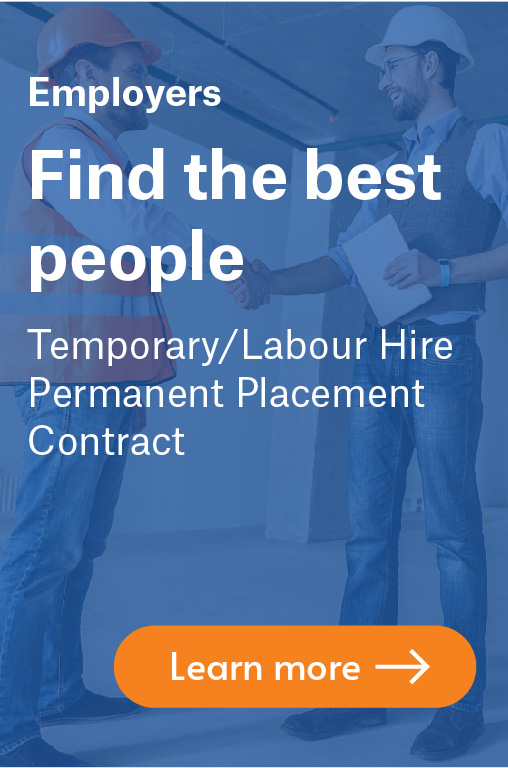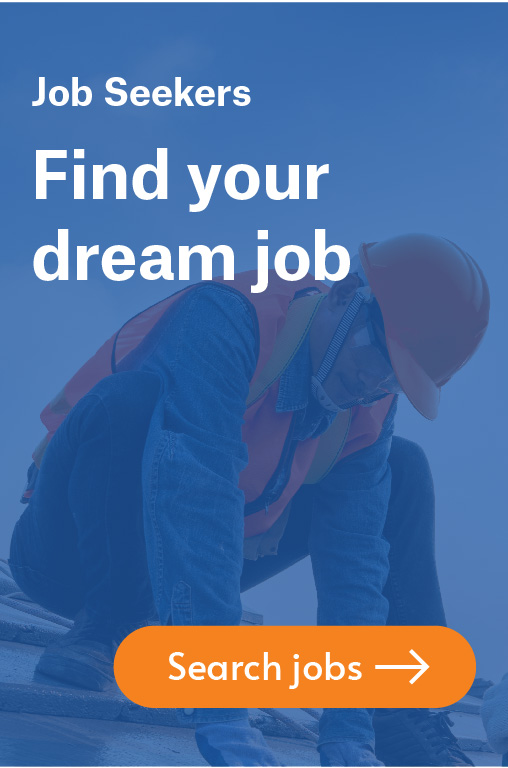You’ve got a set of ambitious, tech-savvy Gen Z-ers and a handful of wise-but-traditional Boomers on your team. That’s great! Every generation has its strengths in the workforce; the secret is in being able to effectively tap into them and coordinate everyone together.
Four generations now make up today’s workforce – this is unprecedented in modern history. With different interests, skills, and passions, managing a multigenerational workforce can seem like an impossible task.
But it needn’t be. And there are tons of advantages.
Understanding each demographic’s nuances is vital. The next step is creating an inclusive workplace culture that fights stereotypes and welcomes skill-sharing across the generations.
Let’s explore six empowering ways you can manage your multigenerational workforce and get everyone working together like a well-oiled machine.
Workplace Generation Demographics Explained
Baby Boomers
As the oldest generation in the workforce, born between 1946 – 1963, Baby Boomers hold more traditional working values like hierarchy, being goal-oriented and competitive. When surveyed, Boomers are the least happy with remote work with only 37 per cent preferring it to being on site.
Gen X
Born between 1964 - 1980, Gen X are more resilient, adaptable, and comfortable with face-to-face feedback than their younger colleagues. They value a good work-life balance and take things in their stride well. 50 per cent of Gen X-ers said they are happy at work.
Millennials (or Gen Y)
Born between 1981 - 1996, Millennials were witness to the 21st century tech revolution and its earliest adopters. With only 30 per cent actively engaged, Millennials are actually the least-engaged workforce generation, though 57 per cent said they are happy at work.
Gen Z
Born between 1997 – 2012, Gen Z have never known a life without the internet or technology. Bright, ambitious, and likely addicted to social media, Gen Z employees value work flexibility, along with social-justice oriented policies. Gen-Z is the least fulfilled with just 41 per cent finding great meaning and purpose at work.
1 The tech generation gap exists: understand it and overcome it
The digital divide is real. A 2018 CompTIA survey revealed half of Millennials felt older workers are too rigid and set in their ways. Likewise, nearly half of Gen X workers said older employees are not as technologically capable.
Boomer’s views on the younger generations were equally as dismal; two thirds claimed Millennials were disloyal, while six in ten felt they were entitled.
The solution to bridging this tech generation gap? Tech itself! See technology as an enabler rather than a divider and you will bring your multigenerational team together.
Consider employing smart, easy-to-use technology that unites (rather than isolates) your workforce. Think; cloud-based software that enables remote working. With many older generations having families and younger generations loving flexibility, this would be an all-round crowd-pleaser.
User-friendly systems like video conferencing and digital chats that encourage collaboration can go a long way to uniting your team as well. And that’s one of your main goals.
2 Foster a workplace culture that fights age stereotypes
Society has a lot to blame when it comes to fanning the flames of intergenerational wars. Boomers vs Millennials battlegrounds have been drawn over everything from home ownership to wealth inheritance over the last decade. The worry is that these age-based prejudices can seep into the workplace and breed discontent.
What’s more, much is made of eliminating stereotypes based on race, gender, or sexuality in the workplace, but often age stereotypes and discrimination gets overlooked.
As their team leader, it’s vital you, too, see each of your workforce as individuals, not their generational stereotypes. By taking the time to get to know each individual’s needs, goals, motivations and values you’ll learn what makes them tick as a person, not a demographic.
You could even consider holding training sessions to educate your team on what constitutes age discrimination, and how to spot its overt or subtle forms.
You never know, it could even be that the “stuffy Boomer” actually has lots in common with the “snowflake Gen Z” after all and they would work well on a project together.
So, overcome your own unconscious biases first, then create an environment where individuals – not stereotypes – can flourish.
3 Harness each generation’s strengths with mentoring programs
In the workplace it’s natural for those of similar ages to gravitate towards each other. This is expected and fine. But it could mean those generational divides stay in place.
Each generation has its own unique skillset to bring to the table at work, so by establishing multigenerational mentoring programs, you will encourage social collaborating and skill sharing.
Why not try matching younger, tech-savvy employees with older ones that have more developed interpersonal or managerial skills, for instance? Cross-generational mentoring will allow both of them to act as the mentor and mentee to foster a growth mindset and bridge skill gaps.
By creating more opportunities for learning, your team will benefit from each other’s strengths and wisdom. Furthermore, it’ll boost your employee retention. 79 per cent of Millennials say mentoring is crucial to their development at work, while 83 per cent of employees that participate in a mentoring program say their experience influenced their desire to stay with their organisation.
4 Create inclusive social events
One of the best ways to help employees bond is through after-hours social events. When it comes to bridging the generational divide, it’s key to plan smart so that you don’t alienate members of your team. Remember, the purpose of these gatherings is to unite, not to make people feel left out.
Gen Z may love a raucous beach party downing shots and playing daft games, but that could turn off older workers. Likewise, don’t organise yawn-inducing ‘trust fall’ exercises that involve someone leaning back to be caught (or dropped!) by another team member.
If the focus is purely social, arrange a get-together somewhere neutral that would please all parties. Think; BBQs, go-karting, brewery tours, escape rooms or a thrill-seeker day out that would inspire and entertain across the generations.
If you want more of a constructive, team-building event. Plan activities that will encourage positive communication and creative thinking skills. Fun, collaborative activities could include scavenger hunts or team trivia quizzes. Games like the Circle of Appreciation are an awesome way for colleagues to recognise positive traits in each other.
5 Get them on the case with problem solving
With more generationally diverse teams come different perspectives. When it comes to problem solving and innovating, this is a win-win situation.
We live in a society that champions diversity and there is nothing more diverse than the ideas, talents, and life experiences of a multigenerational workforce. And that’s a fact. Forbes Insights produced a study of 300 global companies that revealed a generationally-diverse workforce does indeed drive innovation.
To encourage creativity and problem solving, create opportunities for each employee to be able to share their thoughts and ideas. From giant brain-storming sessions on site to Zoom call meetings, there are many ways you can collectively get-together to bounce ideas off each other.
6 Become an expert managing different expectations
Gen Z crave financial incentives and online meetings, while Boomers want to meet face-to-face on site. You have one team doing one job, but a whole slew of differing expectations about it. How do you cope?
When older generations are renowned for their loyalty and strong work ethic and younger ones are motivated by personal career growth, team leaders need to take each generations expectations and values into account.
This means creating a motivational strategy that isn’t just a one-size-fits all and considers each generation’s unique needs and expectations.
Encourage personal development by offering advice on their own career advancement. Review, recognise and reward good performance – both individually and as a team. Set clear, achievable goals so everyone is aware what is expected of them and so you can measure their performance.
Expectations are a two-way street. When every team member is clear on what is expected of them and you are clear on what their expectations are, needs can be met, and a happier working culture will prevail.
Summary
Bridge the tech generation gap by employing simple, easy-to-use software that enables flexibility of working for all team members.
Work to rid your workplace culture of stereotypes that may block relationships forming amongst multigenerational team members.
Establish multigenerational mentoring programs so that employees can learn from each other’s different skill sets.
Create inclusive social events that everyone can enjoy together, and not feel alienated by.
Tap into the diverse perspectives of your multigenerational workforce when it comes to innovating and solving problems.
Manage expectations by creating uniquely-tailored motivational strategies.
If you need any assistance with hiring, contact a recruitment agency like Trojan Recruitment Group and receive advice from the experts in labour-hire, permanent and contract staff.
References
https://firstup.io/blog/key-statistics-millennials-in-the-workplace/
https://www.businessnewsdaily.com/15950-who-is-gen-x.html
https://connect.comptia.org/content/research/managing-the-multigenerational-workforce-2018
https://www.goodhire.com/resources/articles/meaning-of-work-survey/
http://images.forbes.com/forbesinsights/StudyPDFs/Innovation_Through_Diversity.pdf
![Blog [03 Mar] 6 Tips For Managing A Multi Generational Workforce Copy](/rails/active_storage/representations/proxy/eyJfcmFpbHMiOnsibWVzc2FnZSI6IkJBaHBBMFZMRmc9PSIsImV4cCI6bnVsbCwicHVyIjoiYmxvYl9pZCJ9fQ==--7fd22b39e6b17fe4b6ee3835d3b3f0d2da74ada8/eyJfcmFpbHMiOnsibWVzc2FnZSI6IkJBaDdDVG9MWm05eWJXRjBTU0lJY0c1bkJqb0dSVlE2QzNKbGMybDZaVWtpRGpFd01EQjROVEF3WGdZN0JsUTZER2R5WVhacGRIbEpJZ3REWlc1MFpYSUdPd1pVT2dsamNtOXdTU0lSTVRBd01IZzFNREFyTUNzd0Jqc0dWQT09IiwiZXhwIjpudWxsLCJwdXIiOiJ2YXJpYXRpb24ifX0=--3f00effad91c017ecfb2c8f1b726dfc5b419ce16/Blog%20%5B03%20Mar%5D%206%20Tips%20for%20managing%20a%20multi-generational%20workforce%20copy.png)

